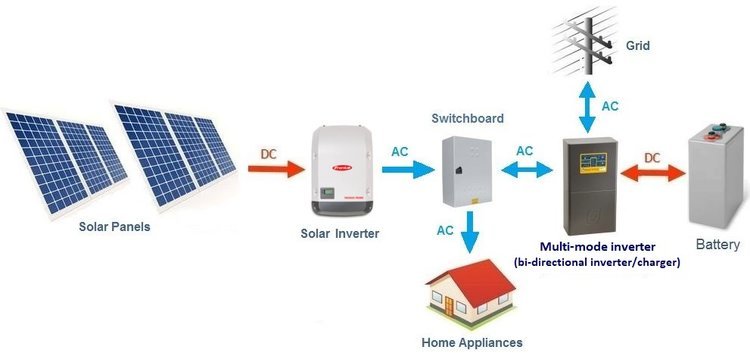
Best Way to Integrate Solar Panels into a Circuit
With the increasing popularity of solar energy, more and more people are looking to integrate solar panels into their circuits. Whether you’re a DIY enthusiast or a professional electrician, knowing the best way to integrate solar panels into a circuit is essential. Here are some tips to help you make the most of your solar panel installation:
1. Understanding Solar Panels
Before you start integrating solar panels into your circuit, it’s important to understand how they work. Solar panels consist of photovoltaic cells that convert sunlight into electricity. The more sunlight exposure the panels receive, the more energy they can produce. This is why it’s crucial to install solar panels in a location with maximum sunlight exposure.
- Choose high-quality solar panels to ensure efficient energy generation.
- Check the specifications of the solar panels to determine their compatibility with your circuit.
2. Selecting the Right Charge Controller
A charge controller is essential for regulating the voltage and current from the solar panels to prevent overcharging of batteries. When selecting a charge controller, consider the following factors:
- Choose a controller that matches the voltage and current rating of your solar panels.
- Opt for a controller with MPPT (Maximum Power Point Tracking) technology for optimal energy conversion.
3. Connecting Solar Panels to Batteries
Once you have selected the right charge controller, it’s time to connect the solar panels to batteries. Follow these steps to ensure a successful integration:
- Connect the positive and negative terminals of the solar panels to the charge controller.
- Connect the charge controller to the batteries using appropriate cables.
4. Integrating Solar Panels into the Circuit
After connecting the solar panels to batteries, you can now integrate them into your circuit. Here’s how you can do it:
- Connect the batteries to an inverter to convert the DC power from the batteries into AC power for your circuit.
- Ensure that the circuit is properly grounded to prevent electrical hazards.
5. Monitoring and Maintenance
Once you have integrated solar panels into your circuit, it’s crucial to monitor and maintain them regularly. Keep an eye on the performance of the solar panels and batteries to ensure optimal energy generation. Clean the panels periodically to remove dust and debris that can obstruct sunlight.
By following these tips, you can successfully integrate solar panels into your circuit and harness the power of solar energy. Whether you’re planning to power your home or a small electronic device, solar panels can be a sustainable and cost-effective energy solution.
Was this helpful?
0 / 0